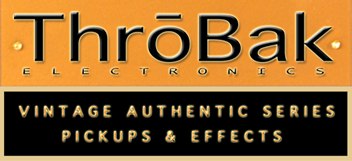Big Al
Well-known member
- Joined
- Apr 24, 2002
- Messages
- 14,543
If the bursts weren't shot with aniline, what did they use? All I've ever heard is aniline.
Some wood stocks have documentation to prove when they were imported, much like legal stocks of Brazilian.
A meteor winder.
Tinted lacqure, premixed by supplier. The tint used was not a dye and remains stable, [mix], unlike the aniline dye used in the filler, which migrates in lacquer. The red tinted lacquer never migrates into the yellow or binding. The confusion is with Lightfast tint/color and migrating, lightfast dye.
Some red tinted lacqure was very light fugitive and faded rapidly in uv light. Some were more lightfast and keep their color. There was not a consistent color tint from batch to batch. The aniline dye seems to have been consistent in shade but light fugitive and migratory in lacquer. I had a mint bright red cherry 59 Jr that left reddish stains on my white pants and my left palm!! This is 20 yrs from DOM!!
Gibson returned to aniline dyed pore filler for mahogany in 1999.
They haven't returned to a light fugitive cherry red for bursts, which some want.



